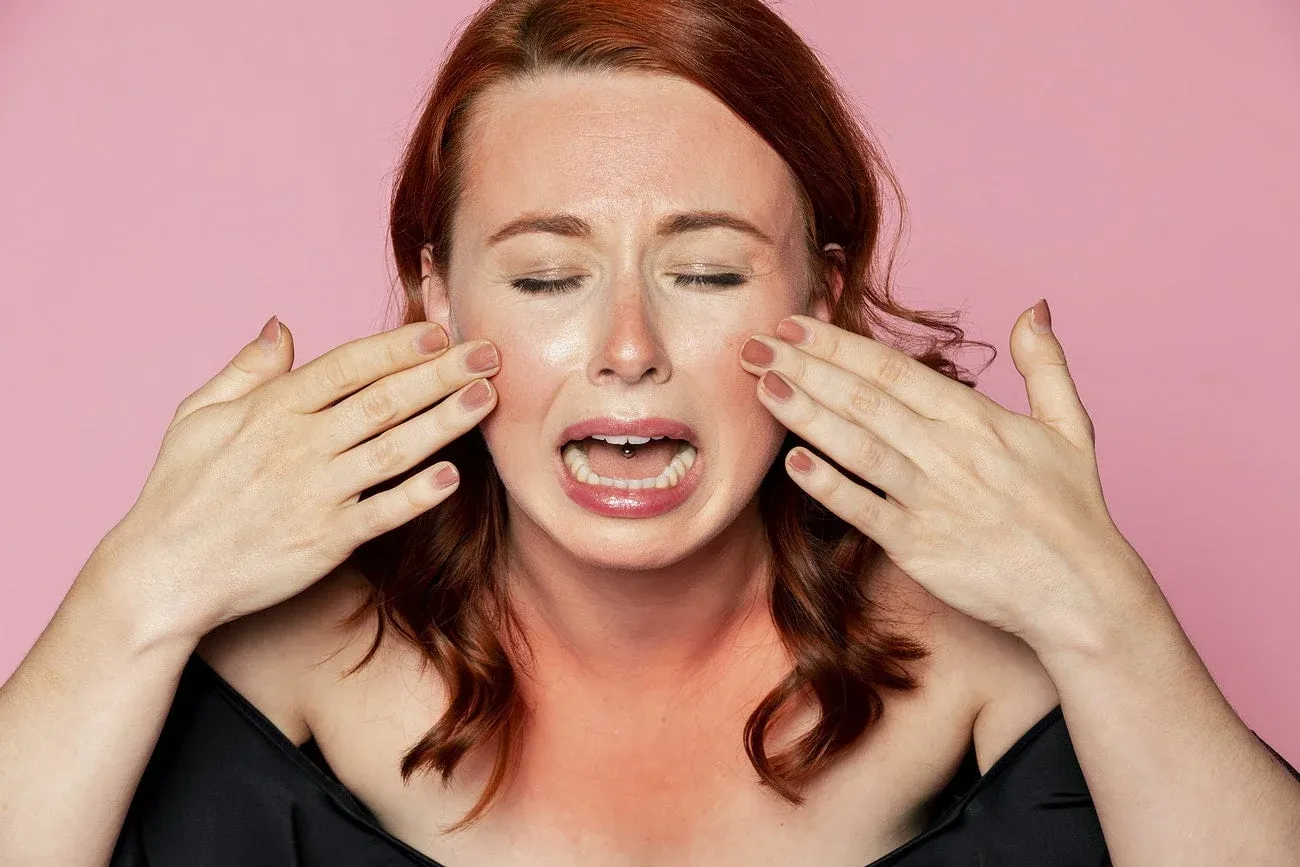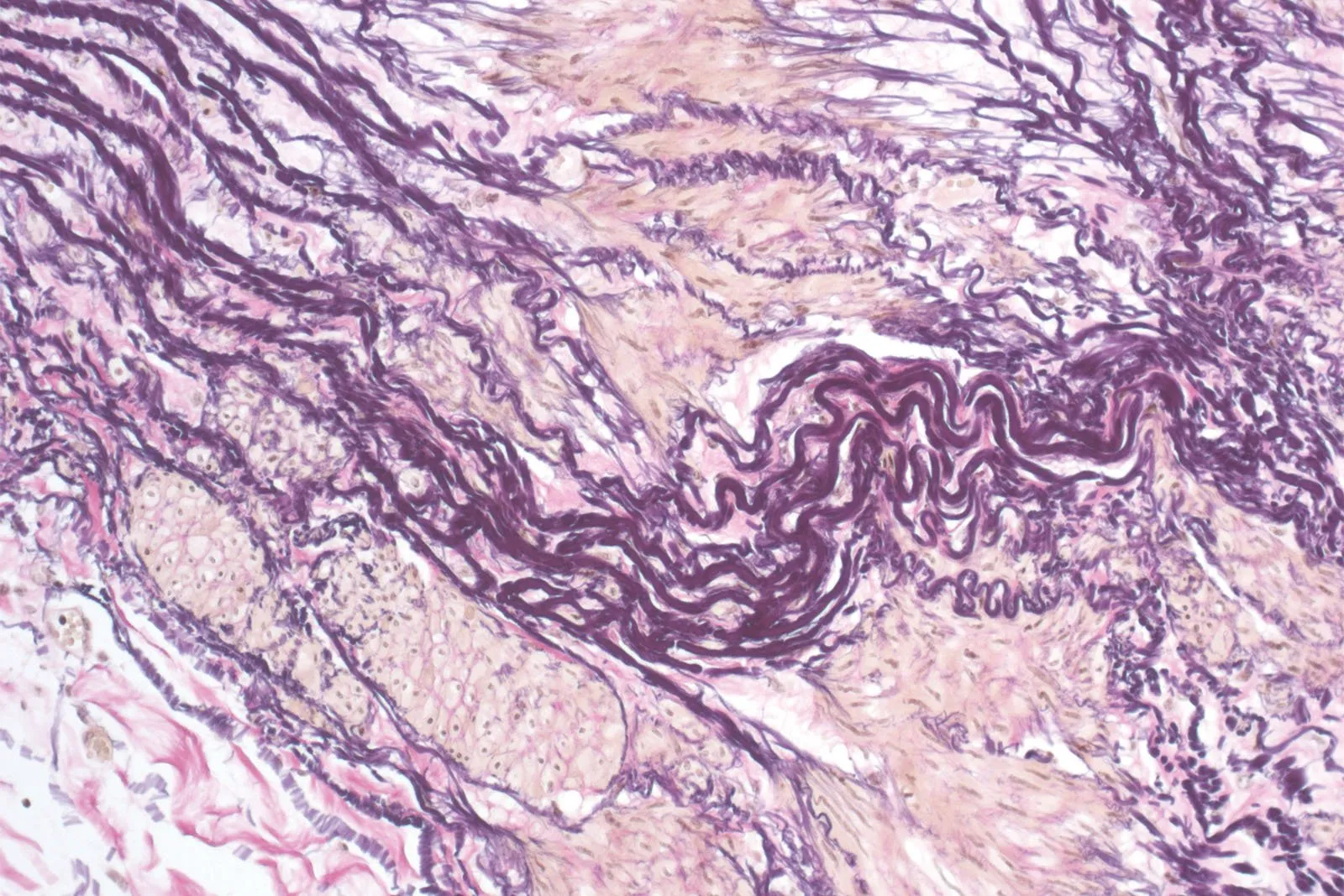If you’re reading this blog, you probably put a lot of time and money into your skincare routine, and the thought of blowing it for Halloween is as terrifying as a Stephen King novel!!! Read on for the do’s and don’ts and fun facts about all things Halloween makeup.
Costume Makeup Scaries
Let’s start our tale with the scariest stories of Halloween makeup gone wrong. You see, it’s not just the candy you have to double-check.
According to a 2016 study conducted by the Breast Cancer Fund, in 48 Halloween face paints marketed to children the study found that 21 of these products contained trace amounts of at least one heavy metal with some having up to four. That’s some scary science! The harmful substances identified included styrene, formaldehyde, lead, cadmium, and volatile organic compounds (VOCs) such as toluene and benzene. It’s important to note that these are substances that should not be in contact with your skin, let alone ingested into your body.
To keep it safe, it’s best to follow the advice of Dr. Sandy Skotnicki, assistant professor at the University of Toronto and medical director at the Bay Dermatology Centre who says, “You should buy the products at established costume stores, not pop-ups tha3t open only for a few weeks before Halloween, or at your pharmacy where costume makeup kits are inexpensive, but are generally poorer quality.”
Remember, quality is most likely going to cost more, but in the end, it’s cheaper than paying for a treatment to fix the damage done by cheap makeup.

When looking at makeup, keep an eye out for the most common ingredients that could irritate the skin including:
- Alcohol
- Fragrances
- Artificial dyes
- Mica (which gives shimmer)
- Glue
- Adhesives
- Waxes
- Oils
- Latex
Certain fluorescent or luminescent dyes can also contain color additives. Feeling like going as your favorite zombie or vampire character? Be careful of that fake blood because it’s made of a red dye that could cause irritation if it reacts with a petroleum base (they don’t tell you that on the packaging).
What is the Best Makeup to Use?

“My favorite things to use are water-activated paints for body art; silicone and alcohol paints for my special effects, always use some type of barrier cream to create space between the prosthetic and my skin. Removal is the most important part…I always use some type of barrier cream to create space between the prosthetic and my skin, and I also make sure to safely remove adhered pieces.” explains the Vancouver-based artist St John’s.
Makeup removal is just as important as the makeup itself, because again, you don’t want to put something on your skin that might cause a trip to a dermatologist. As one costumer put it, “It can be embarrassing to go to a doctor and when they ask when the rash started and you have to reply that it happened when you were wearing blue make up pretending to be an alien from Star Wars.” You could say the force was not strong with this one.
Some top recommendations for make up removal include Miceller water, Telesis 5, and Isopropyl Myristate for the heavier make up and prosthetics. If you are using standard body paint, Franklin & Whitman’s cleansing serum will do your skin best.
We are here for you
No matter what your Halloween plans are, we are here to help you by giving your skin some love and attention after the fact. Make sure to schedule your after-Halloween and pre-holiday appointment with us today!





